Contents
Top 6 Tips For Green Hair Health!
It is the dream of MOST people – men and women included – to have the best frame for their faces – HAIR! Using these top 6 tips for green hair health should help you on your way to nirvana. Read on.

I love hair. I have been through many changes with my hair. I have done the:
- Color thing
- Relaxer thing
- Cut it all off thing
- The braid thing
- The extensions thing
- And NOW doing the natural thing – which I LOVE!
I am so THRILLED with having my hair natural! I find it so EASY to maintain – now that I have the hang of it all. I must confess that in the beginning, it was not so easy. It was like having a new baby. I was totally clueless! I was not a happy camper. Not only was my hair natural, it was also SHORT. I had gone from below shoulder length to scalp length. LOL
GREEN THINGS to help you on your hair journey. Share on XBut it got better as time went on! Phew!!
Now, I have found out quite a few things that will help anyone on their hair journey. One of these things is the subject of this article – GREEN THINGS to help you on your hair journey.
6 Green Hair Health Things
Six green hair health things are:
- Cucumber
- Green peppers
- Celery
- Spinach
- Edamame or green baby soya beans
- Peeled pumpkin seeds
So let’s take a closer look at this Martian List!
1/Cucumbers
I love cucumber. It is a very fresh tasting fruit. You can eat it raw or maybe sometimes cooked – yes, you can cook cucumber. However, the best way to consume our dear cucumber is raw – this way we can get all the natural vitamins that are housed between its green skin. Not only within the walls of the cucumber but yes, you can find nutrients in its skin as well!
Originally, cucumbers were grown mainly in South Asia, but now it can be found all over. There are 3 types of cucumbers: slicing, pickling and seedless(burpless). You can even find yellow cucumbers!
Botanically speaking, the cucumber is classified as a pepo, a type of botanical berry with a hard outer rind and no internal divisions. Much like tomato and squash, it is often perceived, prepared and eaten as a vegetable. Cucumber fruits are usually more than 90% water[1].
In a 100 gram serving, raw cucumber (with peel) is 95% water, providing 16 calories and supplying some essential nutrients, and having 16% of Vitamin K according to the Daily Value Table [2] below:
2/Green Peppers
Green peppers are loaded with Vitamin C – see the USDA Table [3] below:
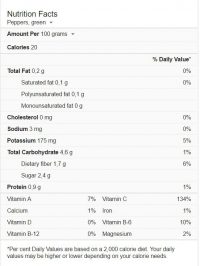
The green pepper is known as the bell pepper and can be found in different colors: red, green, yellow, orange and they all contribute their own set of nutrients. Interestingly enough, in terms of botany, the bell pepper is really a fruit even though it is often referenced as a vegetable in culinary contexts.
The name pepper was given to it in times of Christopher Columbus by the Europeans. When Columbus brought the plant back to Europe, the only thing that they could attribute to its name was the ‘pepper’ because it was considered ‘cousin’ to the ‘black pepper’ plant which they were already familiar with.
Although called a ‘pepper’, it is the ONLY ‘member of the Capsicum genus that does not produce capsaicin,[6] a lipophilic chemical that can cause a strong burning sensation when it comes in contact with mucous membranes. The lack of capsaicin in bell peppers is due to a recessive form of a gene that eliminates capsaicin and, consequently, the “hot” taste usually associated with the rest of the Capsicum genus.[4]
The green pepper is also a source of the mineral iron which is needed for healthy hair. Each hair follicle and root are fed by our rich blood supply. If the iron level (serum ferritin) goes below a certain level, you may become anaemic.
This will cause a disruption in the supply cycle for the hair follicle and result in hair shedding. People who do not depend on animal products will still need to find a source, hence plant sources such as bell peppers come to the rescue.
3/Celery
Celery is a great vegetable which is rich in Vitamin K, Potassium, Calcium and Iron. All basic nutrients needed to ensure a great head of hair. It is also a source of plant protein for hair growth.
You can eat celery on its own, in dips, and in juices. You can even make celery masks as well for better hair health. There are various hair masks using celery, essential oils and other ingredients like yogurt, water, and coconut milk, which are touted to help minimize hair loss, treat dandruff and dry scalp and smooth the hair strand for a silkier feel.
4/Spinach
Remember Popeye, the sailor man? Who doesn’t? He would eat spinach like there was no tomorrow!
Not only is spinach good for your popeye muscles, but also for your hair. It is packed with minerals and vitamins like: Vitamin A, Vitamin C, Iron, Calcium, and Potassium.
In a 100 g (3.5 oz) serving providing only 23 calories, spinach has a high nutritional value, especially when fresh, frozen, steamed, or quickly boiled. It is a rich source (20% or more of the Daily Value, DV) of vitamin A, vitamin C, vitamin K, magnesium, manganese, iron and folate (table). Spinach is a good source (10-19% of DV) of the B vitamins riboflavin and vitamin B6, vitamin E, calcium, potassium, and dietary fiber [5].
There are 3 types of spinach: savoy (dark green and curly leaves), flat or smooth-leaf (broad and smooth) and semi-savoy (hybrid with slightly crinkled leaves).
Spinach helps with hair growth. You can eat spinach by itself, in a green leafy salad with nuts and fruits, as a green smoothie or steamed as a side dish with your meal. You can also make spinach hair masks by combining moisturizing oils like olive and coconut oils to pulverized raw spinach and essential oils, yoghurt and raw eggs.
5/Edamame Or Green Baby Soya Beans
I just love these beans!
These baby soya beans are usually called ‘edamame‘ – the Japanese name, which is to refer to the dish. It literally means, “stem bean” (eda = “branch” or “stem” + mame = “bean”), because the beans were often sold while still attached to the stem.
They provide 16% Magnesium, 12% Iron, and 10% Calcium in just 100grams, see the USDA Nutritional Value Table below:
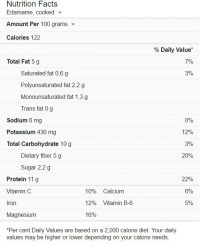
A great source of green power foods. They can be eaten on their own (steamed, dried, salted, fried), adorn a healthy salad or accompanied with your main meal.
6/Peeled Pumpkin Seeds
The pumpkin is indeed a wonderful vegetable – you can eat its flesh and its seeds. You can boil the seeds, dry them, salt them, simply enjoy them. You can eat them in their shells (thoughI find this a lot of work for such a little seed) or you can find them already shelled (yummy).
This seed is also known as a “co-factor”. Zinc is found in a great amount in pumpkin seeds. The amount of zinc found in pumpkin seeds helps with cellular turnover, cell division, and cell growth which in turn helps to form keratin, a protein that makes up hair. Zinc can also help in the maintenance of hair color and the prevention of dry scalp or dandruff.
Pumpkin seeds contain fatty oils with linoleic acid and oleic acid, which are both known to prevent cancer-causing cell production. They are also an excellent source of vitamins A, B6, and C. In addition, the seeds contain nutrients like zinc, magnesium, calcium, and iron. There is also a unique amino called cucurbitacin (also present in cucumbers), which has been claimed to play a role in the pumpkin seed effect on hair growth.
While the reasons for hair growth can be attributed to many factors:
- poor health or long term illness
- genetics
- stress
- hormonal imbalance
- lack of necessary nutrients
There is much to be said for pumpkin seeds. The oil from pumpkin seeds is touted to affect the testosterone and androgen levels in the body. Without androgens, it can lead to hair loss. Eating a handful of seeds a day can definitely benefit in the fight for hair growth!
You can eat pumpkin seeds on their own, add them to salads, side dishes or even add to a green smoothie. Other sources of zinc in plant form are lentils, sesame seeds, and chickpeas.
Green Hair Health Things To Remember:
- Choose dark green leafy vegetables or fruit to maximize your mineral and vitamin intake (spinach, broccoli, kale, watercress, collard greens, and so forth).
- Superfood green powders and spirulina are also recommended.
- Choose organic and non-GMO whenever possible.
- Minerals and vitamins found in plant products are important for the health of your nails, hair and skin.
I would love to hear your feedback. Please leave your comment or experience with any of these Green Things!
[Updated November 2019]

REFERENCES:
Images courtesy of Pixabay, UnSplash and Pexels.
When you learn how to create your own blog you get to choose the things that you write about. You can also use the blog to make extra income.
Here is where I learned how to create my own blog and connect with people who helped me along the way.
Make Another Dream A Reality – Get Your FREE Hobby Makeover Guide TODAY – This is your motivation to make a new start in your life.

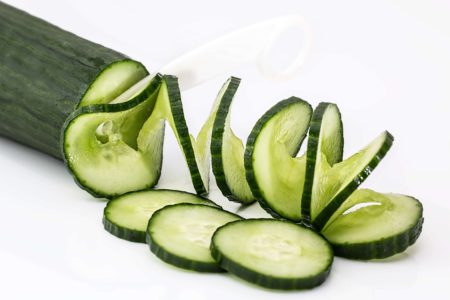
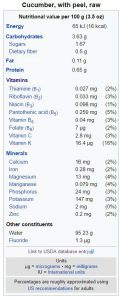
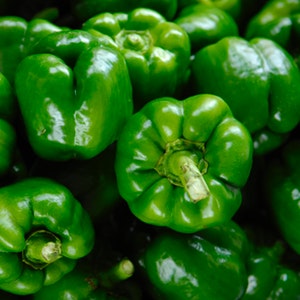
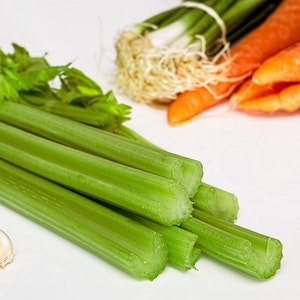
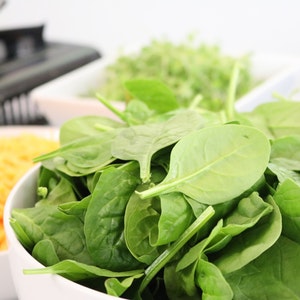
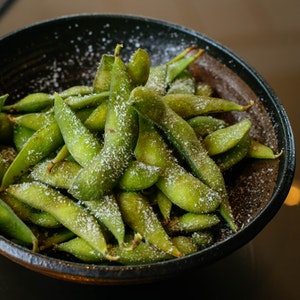
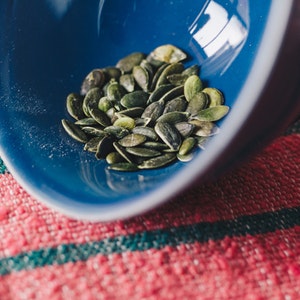

This is very interesting post. I use all these produce items to make my juice every day. Especially cucumbers. Low calories but not the best taste in a juice blend. I use a lot of kale also. Again your post is very well put together and informative. Thanks.
Hello there, Stephen. Thanks for stopping by my cyber space. Yes, I love juicing too – such an easy way to consume your vitamins. As a matter of fact, the juice goes directly into your bloodstream and the nutrients start to do their work immediately.
I am happy that you found this article interesting.
Much success in whatever you undertake and best of health!
Michelle
Good afternoon Michelle,
I love your list of veggies for the hair. Yes, let’s go as GREEN as possible.
Also juicing and making green smoothies, ever so good and healthy!
On top we put Organic and then hardly anything bad can happen to us anymore.
Regards, Taetske
Hello there, Taetske,
Thanks for stopping by my cyberspace. Yes, it so very important to be aware of what we put on the inside of our bodies because inevitably, it shows on the outside. Going green is important in more ways than one. Let’s heighten our awareness and spread the word.
Go Green.
Thanks for your feedback.
Michelle